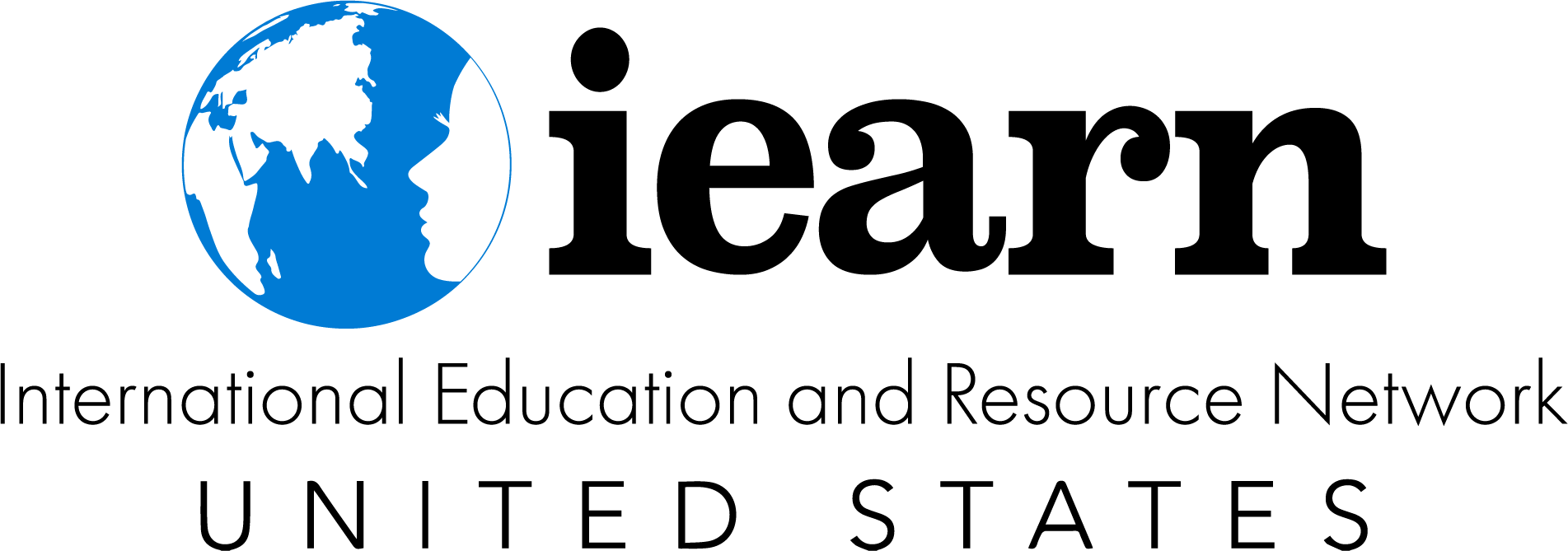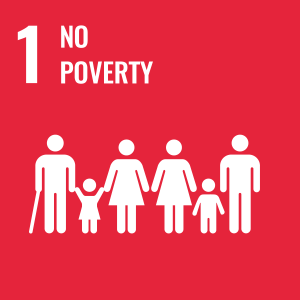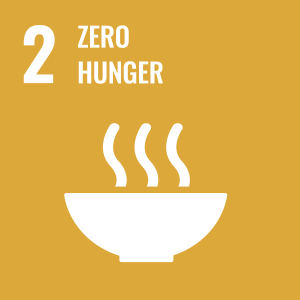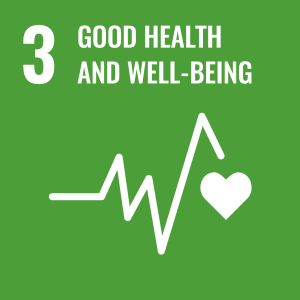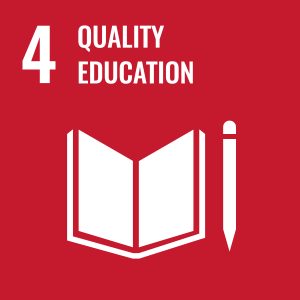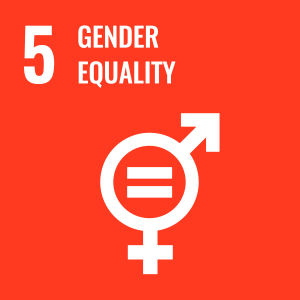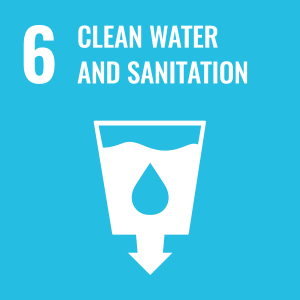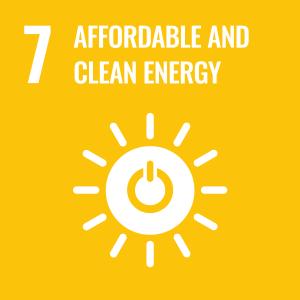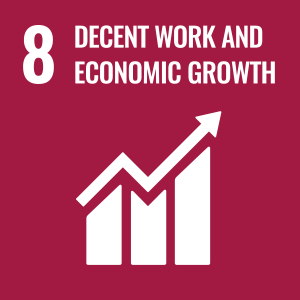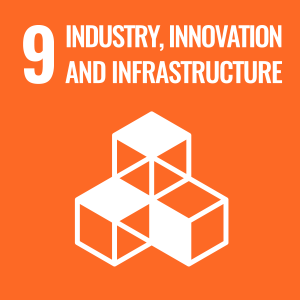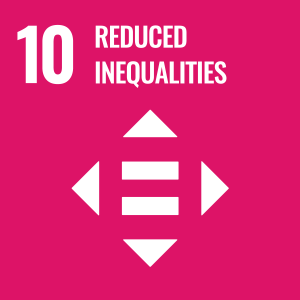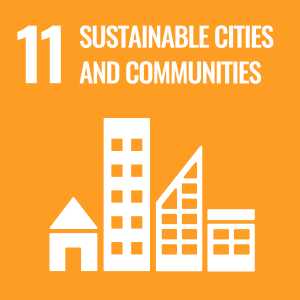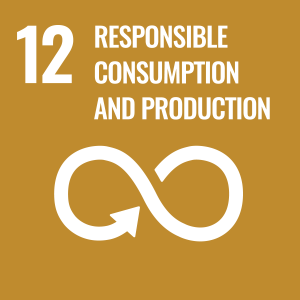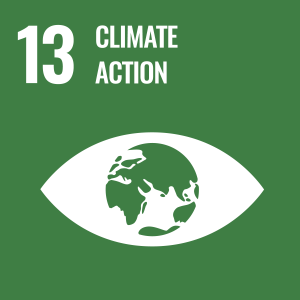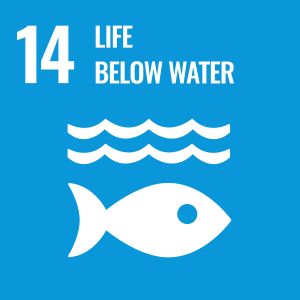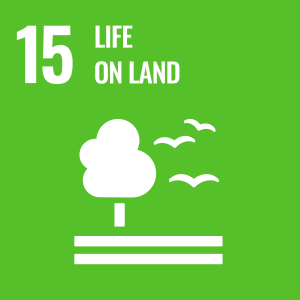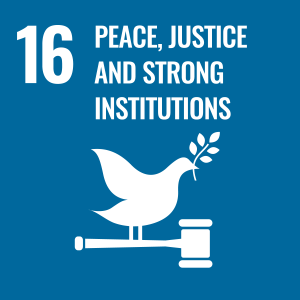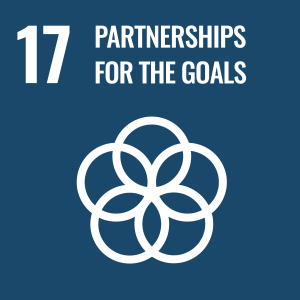Global Goals
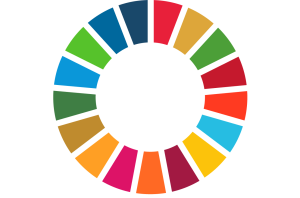
Global Goals: Projects That Make a Difference
In 2015, iEARN launched a major effort to mobilize its global network and other global education partners to realize the U.N’s 17 Sustainable Development Goals (SDGs), a set of targets designed to be a “blueprint to achieve a better and more sustainable future for all”. As a result of this effort, all iEARN projects are aligned with one or more of the Sustainable Development Goals. The projects are aslso connected because they meet at least one SDG and help students develop global competence according to the PISA 2018 Global Competence assessment.
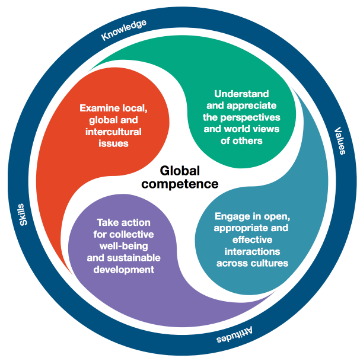
Sustainable Development Goals (SDGs)
Every iEARN projects addresses at least one of the SDGs because these global challenges impact every student and class. These big ideas can be a springboard for classroom-specific inquiry and empower students to take action in their communities and the world.
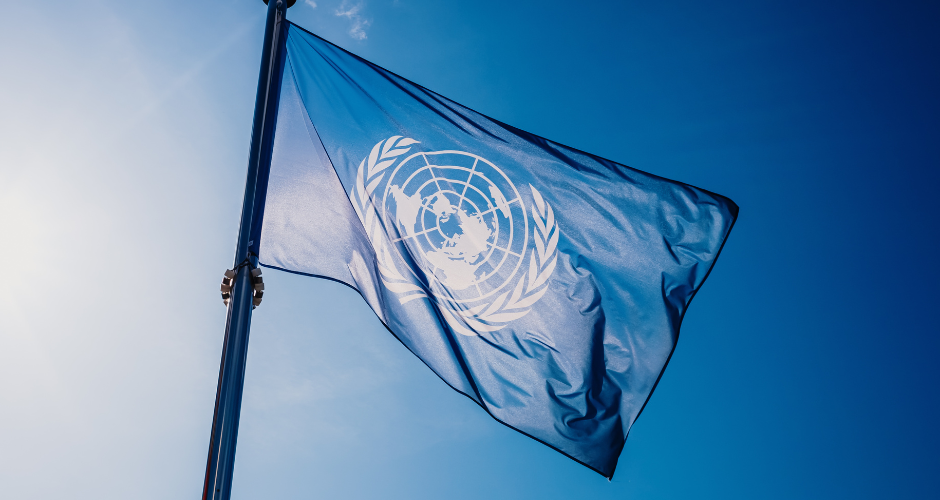
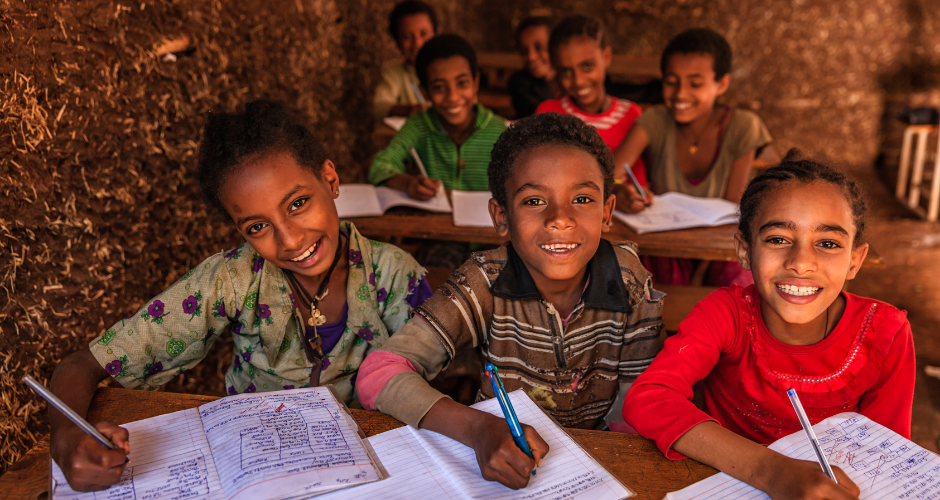
No Poverty
Eradicating extreme poverty for all people everywhere by 2030 is a pivotal goal of the 2030 Agenda for Sustainable Development. Between 2015 and 2018, global poverty continued its historical decline, with the poverty rate falling from 10.1 per cent in 2015 to 8.6 per cent in 2018. Nowcasts suggest that owing to the COVID-19 pandemic, the global poverty rate increased sharply from 8.3 per cent in 2019 to 9.2 per cent in 2020, representing the first increase in extreme poverty since 1998 and the largest increase since 1990 and setting back poverty reduction by about three years.
The impact of the COVID-19 pandemic reversed the steady progress of poverty reduction over the past 25 years. This unprecedented reversal is being further exacerbated by rising inflation and the impacts of the war in Ukraine. It is estimated that these combined crises will lead to an additional 75 million–95 million people living in extreme poverty in 2022, compared with pre-pandemic projections.
Zero Hunger
Sustainable Development Goal 2 is about creating a world free of hunger by 2030. In 2020, between 720 million and 811 million persons worldwide were suffering from hunger, roughly 161 million more than in 2019. Also in 2020, a staggering 2.4 billion people, or above 30 per cent of the world’s population, were moderately or severely food-insecure, lacking regular access to adequate food. The figure increased by nearly 320 million people in just one year. Globally, 149.2 million children under 5 years of age, or 22.0 per cent, were suffering from stunting (low height for their age) in 2020, a decrease from 24.4 per cent in 2015.
The number of people going hungry and suffering from food insecurity had been gradually rising between 2014 and the onset of the COVID-19 pandemic. The COVID-19 crisis has pushed those rising rates even higher and has also exacerbated all forms of malnutrition, particularly in children. The war in Ukraine is further disrupting global food supply chains and creating the biggest global food crisis since the Second World War.
Good Health and Well-Being
Ensuring healthy lives and promoting well-being at all ages is essential to sustainable development. The COVID-19 pandemic continues to spread human suffering.
As of mid-2022, COVID-19 had infected more than 500 million people worldwide. The latest estimates show that global “excess deaths” directly and indirectly attributable to COVID-19 could have been as high as 15 million by the end of 2021.
The pandemic has severely disrupted essential health services, triggered an increase in the prevalence of anxiety and depression, lowered global life expectancy, derailed progress towards ending HIV, tuberculosis (TB) and malaria, and halted two decades of work towards making health coverage universal.
As a result, immunization coverage dropped for the first time in 10 years, and deaths from TB and malaria increased. Urgent and concerted action is needed to set the world back on a trajectory towards achieving Goal 3.
Quality Education
Providing quality education for all is fundamental to creating a peaceful and prosperous world. Education gives people the knowledge and skills they need to stay healthy, get jobs and foster tolerance.
The COVID-19 outbreak, however, has caused a global education crisis. Most education systems in the world have been severely affected by education disruptions and have faced unprecedented challenges. School closures brought on by the pandemic have had devastating consequences for children’s learning and well-being.
It is estimated that 147 million children missed more than half of their in-class instruction over the past two years. This generation of children could lose a combined total of $17 trillion in lifetime earnings in present value.
School closures have affected girls, children from disadvantaged backgrounds, those living in rural areas, children with disabilities and children from ethnic minorities more than their peers.
Gender Equality
Gender equality is not only a fundamental human right, but a necessary foundation for a peaceful, prosperous and sustainable world. There has been progress over the last decades, but the world is not on track to achieve gender equality by 2030.
The social and economic fallout from the COVID-19 pandemic has made the situation even bleaker. Progress in many areas, including time spent on unpaid care and domestic work, decision-making regarding sexual and reproductive health, and gender-responsive budgeting, is falling behind.
Women’s health services, already poorly funded, have faced major disruptions. Violence against women remains endemic. And despite women’s leadership in responding to COVID-19, they still trail men in securing the decision-making positions they deserve.
Commitment and bold action are needed to accelerate progress, including through the promotion of laws, policies, budgets and institutions that advance gender equality. Greater investment in gender statistics is vital, since less than half of the data required to monitor Goal 5 are currently available.
Clean Water and Sanitation
Access to safe water, sanitation and hygiene is the most basic human need for health and well-being. Billions of people will lack access to these basic services in 2030 unless progress quadruples. Demand for water is rising owing to rapid population growth, urbanization and increasing water needs from agriculture, industry, and energy sectors.
Decades of misuse, poor management, overextraction of groundwater and contamination of freshwater supplies have exacerbated water stress. In addition, countries are facing growing challenges linked to degraded water-related ecosystems, water scarcity caused by climate change, underinvestment in water and sanitation and insufficient cooperation on transboundary waters.
To reach universal access to drinking water, sanitation and hygiene by 2030, the current rates of progress would need to increase fourfold. Achieving these targets would save 829,000 people annually, who die from diseases directly attributable to unsafe water, inadequate sanitation and poor hygiene practices.
Affordable and Clean Energy
Goal 7 is about ensuring access to clean and affordable energy, which is key to the development of agriculture, business, communications, education, healthcare and transportation. The lack of access to energy hinders economic and human development.
Latest data suggest that the world continues to advance towards sustainable energy targets. Nevertheless, the current pace of progress is insufficient to achieve Goal 7 by 2030. Huge disparities in access to modern sustainable energy persist.
Rising commodity, energy and shipping prices have increased the cost of producing and transporting solar photovoltaics modules, wind turbines and biofuels worldwide, adding uncertainty to a development trajectory that is already far below Goal 7 ambitions. Achieving energy and climate goals will require continued policy support and a massive mobilization of public and private capital for clean and renewable energy, especially in developing countries.
Decent Work and Economic Growth
Goal 8 is about promoting inclusive and sustainable economic growth, employment and decent work for all. The COVID-19 pandemic precipitated the worst economic crisis in decades and reversed progress towards decent work for all.
Although the global economy began to rebound in 2021, bringing some improvement in unemployment, recovery remains elusive and fragile. By the end of 2021, global economic recovery had been hampered by new waves of COVID-19 infections, rising inflationary pressures, major supply-chain disruptions, policy uncertainties and persistent labour market challenges.
Industry, Innovation, and Infrastructure
Goal 9 seeks to build resilient infrastructure, promote sustainable industrialization and foster innovation. Economies with a diversified industrial sector and strong infrastructure sustained less damage and are experiencing faster recovery. In 2021, global manufacturing rebounded from the pandemic, although the recovery remains incomplete and uneven.
Higher-technology industries performed better and recovered faster, providing a strong example of how important technological innovation is to achieving Goal 9.
Reduced Inequalities
Reducing inequalities and ensuring no one is left behind are integral to achieving the Sustainable Development Goals. Inequality within and among countries is a persistent cause for concern.
The effects of the COVID-19 pandemic appear to be reversing any positive trends of narrowing income inequality. The pandemic has also intensified structural and systemic discrimination. Emerging markets and developing economies are experiencing slow recoveries, widening disparities in income between countries. The number of refugees and migrant deaths worldwide reached the highest absolute number on record in 2021.
Meanwhile, the war in Ukraine rages on, forcing even more people from their homes and creating one of the largest refugee crises in recent memory.
Sustainable Cities and Communities
Goal 11 is about making cities and human settlements inclusive, safe, resilient and sustainable. Today, more than half the world’s population live in cities. By 2050, an estimated 7 out of 10 people will likely live in urban areas. Cities are drivers of economic growth and contribute more than 80 per cent of global GDP.
However, they also account for more than 70 per cent of global greenhouse gas emissions. If well-planned and managed, urban development can be sustainable and can generate inclusive prosperity. The deep inequalities exposed by the COVID-19 pandemic and other cascading crises highlight the importance of sustainable urban development. Strengthening the preparedness and resilience of cities is crucial in responding to future crises.
Responsible Consumption and Production
Goal 12 is about ensuring sustainable consumption and production patterns, which is key to sustain the livelihoods of current and future generations.
Unsustainable patterns of consumption and production are root causes of the triple planetary crises of climate change, biodiversity loss and pollution. These crises, and related environmental degradation, threaten human well-being and achievement of the Sustainable Development Goals.
Governments and all citizens should work together to improve resource efficiency, reduce waste and pollution, and shape a new circular economy.
Climate Action
The global temperature has already risen 1.1ºC above the pre-industrial level, with glaciers melting and the sea level rising. Impacts of climate change also includes flooding and drought, displacing millions of people, sinking them into poverty and hunger, denying them access to basic services, such as health and education, expanding inequalities, stifling economic growth and even causing conflict. By 2030, an estimated 700 million people will be at risk of displacement by drought alone.
Taking urgent action to combat climate change and its devastating impacts is therefore an imperative to save lives and livelihood, and key to making the 2030 Agenda for Sustainable Development and its 17 Goals – the blueprint for a better future – a reality.
In 2020, concentrations of global greenhouse gases reached new highs, and real-time data point to continued increases. As these concentrations rise, so does the Earth’s temperature. In 2021, the global mean temperature was about 1.1°C above the pre-industrial level (from 1850 to 1900). The years from 2015 to 2021 were the seven warmest on record.
To limit warming to 1.5° Celsius above pre-industrial levels, as set out in the Paris Agreement, global greenhouse gas emissions will need to peak before 2025. Then they must decline by 43 per cent by 2030 and to net zero by 2050. Countries are articulating climate action plans to cut emissions and adapt to climate impacts through nationally determined contributions. However, current national commitments are not sufficient to meet the 1.5°C target.
Life Below Water
Goal 14 is about conserving and sustainably using the oceans, seas and marine resources. Healthy oceans and seas are essential to human existence and life on Earth. They cover 70 per cent of the planet and provide food, energy and water. The ocean absorbs around one quarter of the world’s annual carbon dioxide (CO2) emissions, thereby mitigating climate change and alleviating its impacts.
It is essential to conserve and sustainably use them. Yet, human activity is endangering the oceans and seas – the planet’s largest ecosystem – and affecting the livelihoods of billions of people.
Life On Land
Goal 15 is about conserving life on land. It is to protect and restore terrestrial ecosystems, sustainably manage forests, combat desertification, and halt and reverse land degradation and stop biodiversity loss. Healthy ecosystems and the biological diversity they support are a source of food, water, medicine, shelter and other material goods. They also provide ecosystem services – the cleaning of air and water – which sustain life and increase resiliency in the face of mounting pressures.
Nevertheless, human activities have profoundly altered most terrestrial ecosystems: around 40,000 species are documented to be at risk of extinction over the coming decades, 10 million hectares of forest (an area the size of Iceland) are being destroyed each year, and more than half of key biodiversity areas remain unprotected.
Peace, Justice, and Strong Institutions
Goal 16 is about promoting peaceful and inclusive societies, providing access to justice for all and building effective, accountable and inclusive institutions at all levels. People everywhere should be free of fear from all forms of violence and feel safe as they go about their lives whatever their ethnicity, faith or sexual orientation.
High levels of armed violence and insecurity have a destructive impact on a country’s development. Sexual violence, crime, exploitation and torture are prevalent where there is conflict or no rule of law. Governments, civil society and communities need to work together to find lasting solutions to conflict and insecurity. Strengthening the rule of law and promoting human rights is key to this process, as is reducing the flow of illicit arms, combating corruption, and ensuring inclusive participation at all times.
Partnerships For the Goals
Goal 17 is about revitalizing the global partnership for sustainable development. The 2030 Agenda is universal and calls for action by all countries – developed and developing – to ensure no one is left behind. It requires partnerships between governments, the private sector, and civil society. The Sustainable Development Goals can only be realized with a strong commitment to global partnership and cooperation.
Significant challenges remain. Official development assistance (ODA) has not reached the targeted level; private investment flows are not well aligned with sustainable development; there continues to be a significant digital divide; and there are on-going trade tensions. To be successful, everyone will need to mobilize both existing and additional resources and developed countries will need to fulfill their official development assistance commitments.
